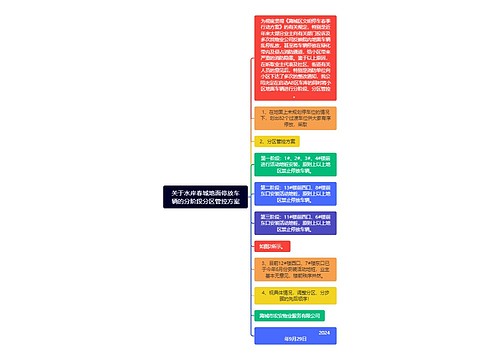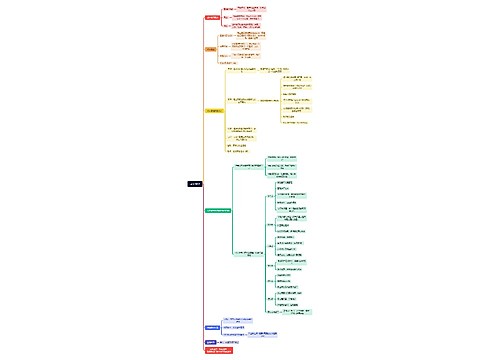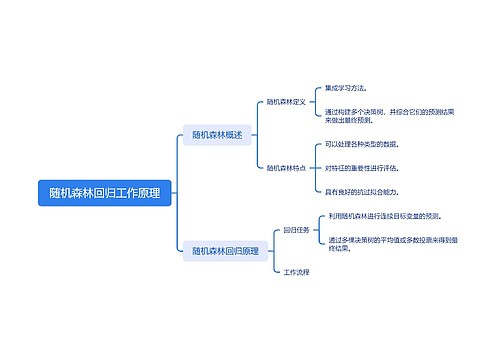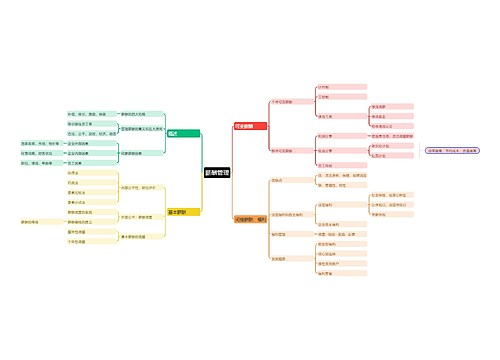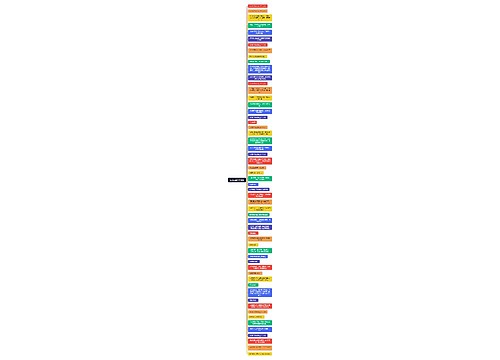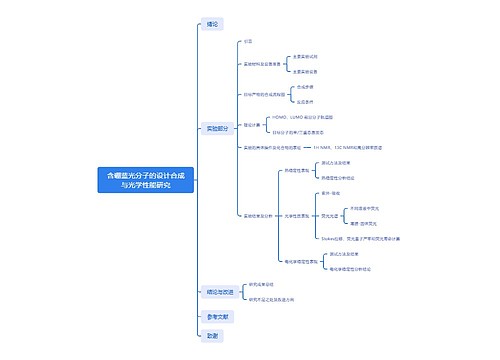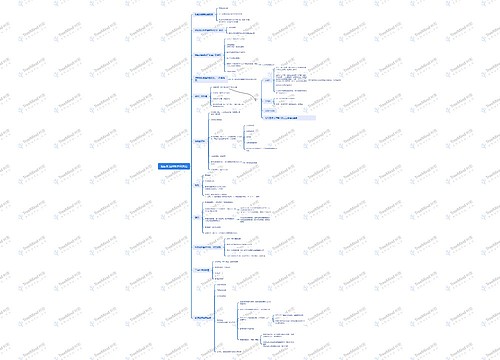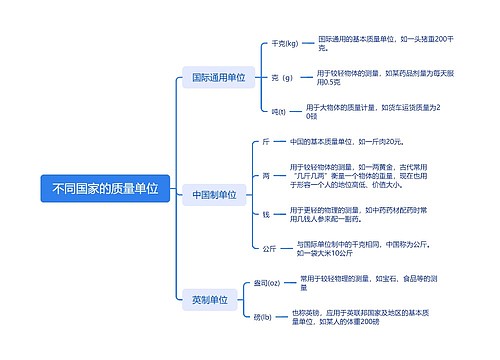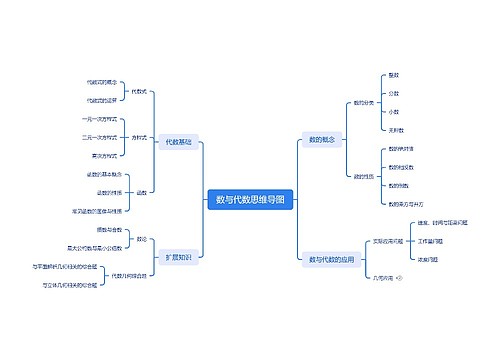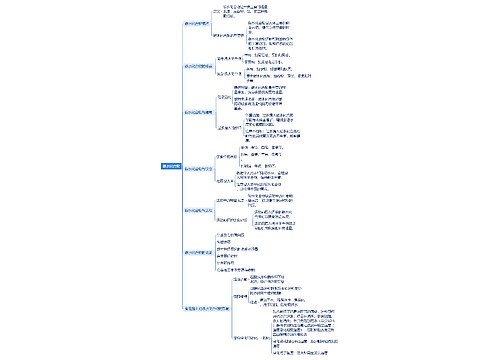Finacial Statement,Taxes and Cash Flow 思维导图模板大纲
Financial Balance Sheet
The Balance Sheet
A snapshot of the firm's assets and liabilities at a given point in time
Assets and liabilities are listed in order of decreasing liquidity.
Liquidity
Ability to convert to cash quickly without a significant loss in value
Liquid firms are less likely to experience financial distress
But liquid assets typically earn a lower return
Trade-off to find balance between liquid and illiquid assets
Assets=Liabilities+Stockholedrs' Equity
Net Working Capital
=Current Assets-Current Liabilities
positive when the cash that will be received over the next 12 months exceeds the cash that will be paid out
usually positive in a healthy firm
Market Value vs. Book Value
Market Value
The price at which the assets, liabilities, or equity can actually be bought or sold
More relative and important to decision-making process
Book Value
The balance sheet provides the book value of the assets, liabilities, and equity.
The Income Statement
a video of the firm's operations for a specified period of time.
generally report revenues first and then decduct any expenses for the period
Taxes
Marginal tax rate
the percentage paid on the next dollar earned
Average tax rate
=the tax bill/taxable income
vary widely across differently companies and industries
Cash Flow
Cash flow is one of the most important pieces of the information that a financial manager can derive from from financial statement.
Cash Flow From Assets(CFFA)
=Cash Flow to Creditors+Cash Flow to Stockholders
CF to Creditors=interest paid-net new borrowing=interest paid-(ending long-term debt-beginning long-term debt)
CF to Stockholders=dividends paid -net new equity raised
=Operating Cash Flow-Net Capital Spending(NCS)-Change in NWC(Net Working Capital)
OCF(Operating Cash Flow)=EBIT(Earnings before Interests and Taxes)+Depreciation-Taxes
NCS=ending net fixed assets-(beginning net fixed assets-depreciation)
Change in NWC=ending NWC-beginning NWC
taxable income= earnings before interests and taxes-interest=(sales-cost of goods-expenses)-interests思维导图模板大纲
Earings per Share=Net Income/Total shares outstanding思维导图模板大纲
Dividends per share=dividends/total shares outstanding思维导图模板大纲

 U182637395
U182637395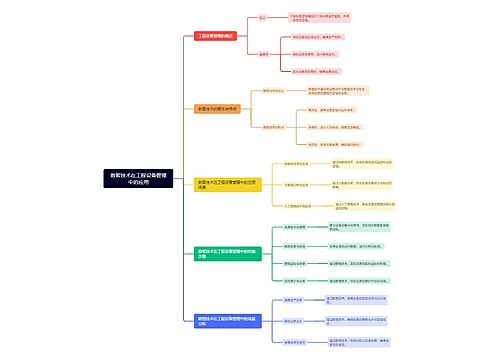
 U882214155
U882214155